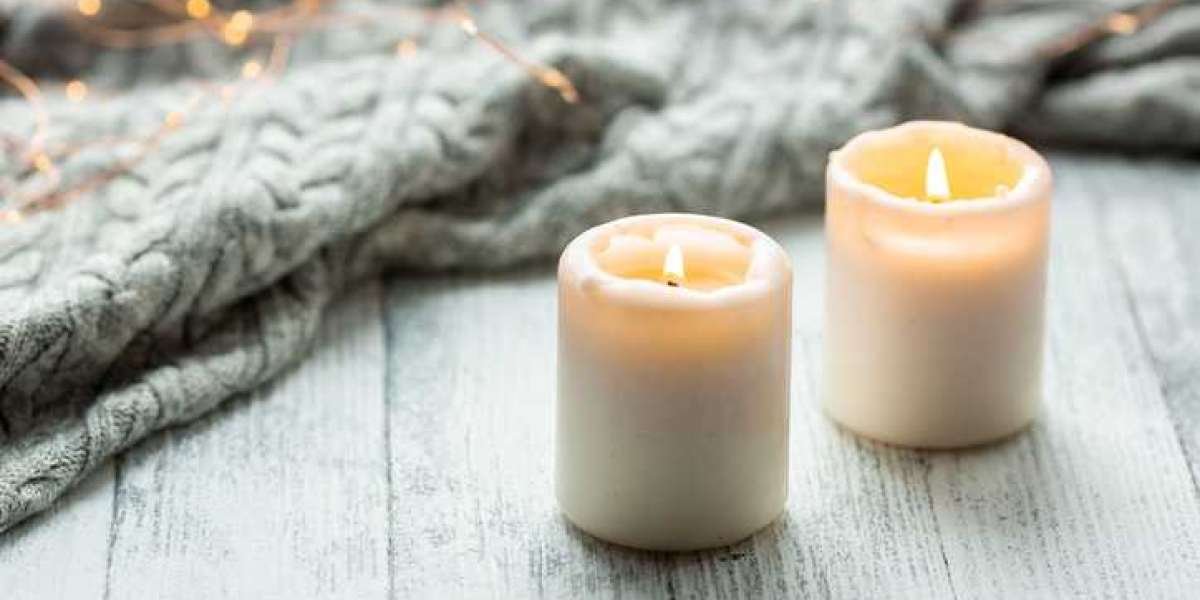This article will provide an overview of some of the best practices that should be followed when selecting adhesives to use for bonding carbon fiber strips to other materials. These best practices can be found throughout the article.

Putting the finishing touches on some carbon fiber sheets supplier braiding. Using Epoxy
In the pultrusion process, which results in the production of strips of carbon fiber, epoxy is utilized as a matrix. Epoxy resin is the superior choice for the vast majority of applications as a result of this.
When you give the surfaces a careful and thorough cleaning, you can be sure that there is no debris lying around.
Degreasing the components can be accomplished with either isopropyl alcohol or acetone.
Both of the surfaces that are going to be bonded together ought to have epoxy applied to them.
- Bring the two surfaces together using a clamp, fixture, tape, or any other method, which will result in the glue line being compressed and the air and excess epoxy being forced out
- This can be accomplished in a number of ways
- The following is the procedure that should be followed:
On top of your balsa wood, you need to apply a bead of hot glue in a straight line. Epoxyl has a better ability to adhere to carbon fiber tube supplier than other glues, but unfortunately other glues do not adhere to carbon fiber plate supplier as well as epoxyl does. If you roughen up the surface, woodworking glues may have an easier time adhering to the carbon fiber panel supplier strips; however, the level of strong adhesion that you will achieve with these glues will not be on par with what you would achieve with epoxy. Because woodworking glues and other similar adhesives are unable to adhere to carbon fibers, it is not possible to use them to bond carbon fiber strips together using these materials. Before you get started, you should make sure that you can mentally go through each step of the process. Before beginning to mix any adhesives, it is important to make certain that all of the necessary materials and work stations have been set up. Take some of the following into consideration as food for thought:
Harmony between work and personal life: how long do you have to work with the adhesive after it has been mixed before it dries and becomes unusable? Are you going to use clamps, gravity, or some other method to hold it in place while you wait, or do you not plan to hold it at all? After the adhesive has had a chance to cure, how much more time must pass before the finished product can be used?
The amount of pressure that an adhesive is able to withstand before it gives way is referred to as the adhesive's bond strength.
Temperature Resistance: Does the temperature range that the adhesive is able to withstand match the requirements of the application that you are using it for? To form a sturdy bond to a wide variety of materials, all that is required is a short list of easy steps to follow. You can be certain that the carbon fiber strips will remain bonded throughout the entirety of your project if you make use of an adhesive of a high quality and pay attention to the specific application instructions that come with the adhesive.
There are advantages as well as disadvantages associated with the use of carbon fiber-reinforced polymer.
The use of carbon fiber-reinforced polymer, more commonly known by its acronym CFRP, is highly recommended by concrete repair and strengthening specialists across the globe.
Do you have any further thoughts on the reasons behind your preference for, or aversion to, carbon fiber?
It has a high resistance to fatigue, and the flexible carbon fibers are much less likely to crack than traditional materials like concrete and steel (especially when they are subjected to cyclic loading). This is because fatigue can occur when a material is subjected to repeated small loads. This demonstrates that carbon fiber can withstand significantly more pressure than its traditional equivalents can manage. Because it does not corrode or degrade, any structural elements that are coated in will continue to function effectively even after they have been subjected to the elements. This is because carbon fiber is resistant to both of these processes.
Are you interested in learning whether or not the applications of carbon fiber tube for sale could be beneficial to your building or structure through the scheduling of a FREE site visit?
We would appreciate it if you could get in touch with us as soon as possible to talk about the available positions. In spite of the fact that products such as aluminum and steel have lower initial costs, there is a greater demand for labor because of the weight of these products. Before settling on a decision, we always recommend setting up a cost analysis as a preliminary step. You will be able to determine whether or not the investment is worthwhile for you by comparing the costs of the two different options and using this information.
Please click through to the page that follows if you would like additional information regarding the comprehensive selection of solutions for structural strengthening that we offer:Improving the Tensile Properties of carbon fiber tube factory
Discover how CFRPs are being put to use in the real world by looking through our Projects section. You will find a sampling of some of the most recent CFRPs projects that we have finished further down this page.
The carbon fiber-reinforced polymer that was developed at London South Bank University in action
Are you interested in learning more about the potential applications of carbon fiber-reinforced polymer?
A14 Huntingdon Bridge CCUK worked together with the primary contractor that was currently working on the site to devise a solution for the application of CFRP plates and repairs to the concrete.8-week project.
PLEASE SEND ME THE BROCHURE
Apartments in high-rise buildings located in Wolverhampton
CCUK, working on behalf of some large contractors and in very close collaboration with Wolverhampton Council, has designed Carbon Fibre Strengthening solutions to enable the refurbishment of the HRRB's for the installation of electrical, mechanical, and sprinkler systems. These solutions can be found in the HRRB's.5-week project.
It's possible that before we had CFRPs, what were we doing. is one that is more important to inquire about.
In our industry, some of the techniques that are used to reinforce reinforced concrete structures and buildings include the following, with CFRPs serving as an example of one of these techniques. These methods, which are collectively referred to as retrofit techniques, number somewhere between six and seven in total.
Shear walls that are made of reinforced concrete make a structure more rigid and increase its capacity to withstand lateral loads. Buildings and other types of structures may contain shear walls in certain areas.
An essential component of seismic isolation, also known as base isolation, is the fortification of the foundation of a building or structure with the intention of shielding it from the effects of earthquakes and other types of natural disasters.
Steel bracing is used to reinforce every surface of a structure in order to make the structure more capable of withstanding the effects of external forces such as high winds.
Steel plates and jackets, also known as steel plate jacketing, are typically used when it is necessary to apply reinforcement to an area that is limited in space.



